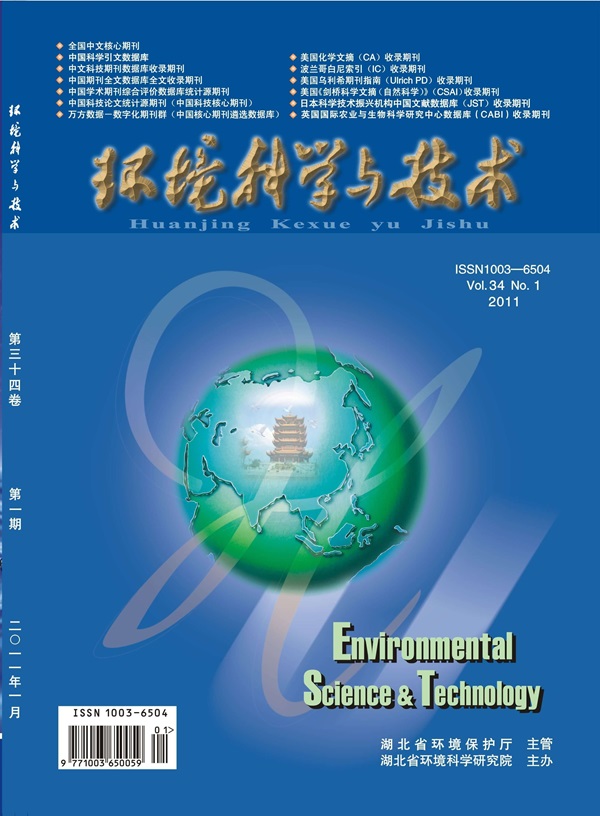不一致的监管地图悄然威胁着河流和溪流。
IF 10.8
1区 环境科学与生态学
Q1 ENGINEERING, ENVIRONMENTAL
引用次数: 0
摘要
如果河流的支流仍然受到上游污染和其他威胁的影响,即使是最严格的环境法也无法保护河流。因此,将一部分河道排除在法律保护范围之外可能会改变整个河网的淡水生态系统及其提供的服务,如饮用水和洪水调节。人们对界定保护水道的环境法范围给予了极大关注。然而,在美国以外的国家,这些定义是如何通过法规地图(即在法律上被认定为水道并因此受到保护的水体的地图)来实施的,还没有进行过研究。在此,我们以法国为例,展示了监管制图对受保护河网范围的影响。通过绘制第一张受《水法》保护的法国河道地图,我们估计有四分之一之前绘制的水文段被排除在保护范围之外,并发现受保护生态系统的范围存在明显的地理差异。与在整个水文网络中的比例(67%)相比,源头水和非多年生河段被排除在外的比例高达 28%,这可能会对生物多样性和人类产生深远影响。我们预计大多数国家的监管框架同样容易受到当地对法律定义解释的影响。本文章由计算机程序翻译,如有差异,请以英文原文为准。
Inconsistent Regulatory Mapping Quietly Threatens Rivers and Streams.
Even the most stringent environmental law cannot protect a river if its tributaries remain exposed to pollution and other threats upstream. Excluding a subset of watercourses from legal protection therefore threatens to alter freshwater ecosystems across entire river networks and the services they provide, such as drinking water and flood regulation. Considerable attention has been devoted to defining the scope of environmental laws protecting watercourses. Yet how these definitions are implemented through regulatory mapping, the cartography of waterbodies that legally qualify as watercourses and are thus protected, has not been examined outside of the United States. Here, we demonstrate the consequences of regulatory mapping on the extent of river networks that are protected, using France as a case study. By assembling the first map of France's watercourses protected under the Water Law, we estimate that a quarter of previously mapped hydrographic segments were excluded from protection and found stark geographical variations in the extent of protected ecosystems. Headwater and nonperennial segments are disproportionately excluded by 28% compared to their prevalence (67%) in the overall hydrographic network, with potentially far-reaching implications for biodiversity and people. We expect regulatory frameworks in most countries to be equally susceptible to local interpretation of legal definitions.
求助全文
通过发布文献求助,成功后即可免费获取论文全文。
去求助
来源期刊

环境科学与技术
环境科学-工程:环境
CiteScore
17.50
自引率
9.60%
发文量
12359
审稿时长
2.8 months
期刊介绍:
Environmental Science & Technology (ES&T) is a co-sponsored academic and technical magazine by the Hubei Provincial Environmental Protection Bureau and the Hubei Provincial Academy of Environmental Sciences.
Environmental Science & Technology (ES&T) holds the status of Chinese core journals, scientific papers source journals of China, Chinese Science Citation Database source journals, and Chinese Academic Journal Comprehensive Evaluation Database source journals. This publication focuses on the academic field of environmental protection, featuring articles related to environmental protection and technical advancements.
 求助内容:
求助内容: 应助结果提醒方式:
应助结果提醒方式:


